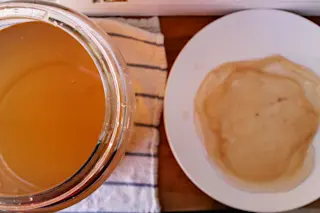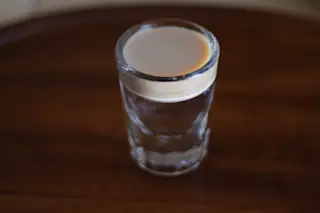In the midst of a food crisis, with grocery prices spiraling upwards across the globe, there's nothing worse than hearing that every day, a massive amount of food gets tossed in the trash. But since we're not here to obscure reality as an excuse to make everyone feel better, here's the truth: According to a new report by the Stockholm International Water Institute, the UN Food and Agriculture Organization, and the International Water Management Institute, about half of all the food produced worldwide goes to waste. The report states that the amount of food we produce is more than enough to feed the world's population, but between our inefficient (or nonexistent) distribution systems and our ridiculous practice of tossing out perfectly good food, a big chunk of humanity goes hungry while another eats itself into an epidemic. More depressing highlights: The U.S. throws away as much as 30 percent of ...
How Much Food Do Humans Waste? Try Half
Addressing the food crisis: Discover alarming food waste statistics as grocery prices spiral globally. Learn how we can reduce waste.
More on Discover
Stay Curious
SubscribeTo The Magazine
Save up to 40% off the cover price when you subscribe to Discover magazine.
Subscribe







